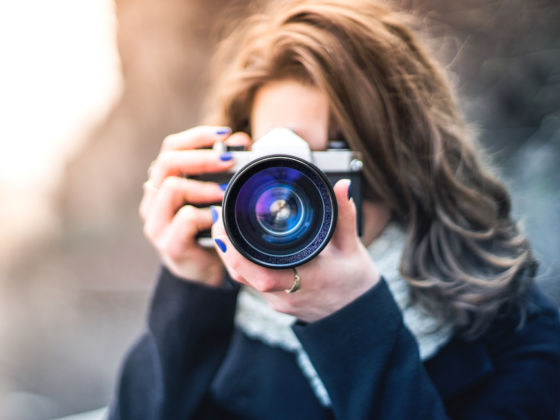IN A RECENT MATADOR ARTICLE on plight writing and travel porn, senior editor David Miller talked about how travel writers, often unwittingly, reduce people to stereotypes — “the small Thai man with the broad smile.”
Photographers, usually equally inadvertently, do the same. But while we all like to see people smiling in front of the camera, how indicative is this of someone’s everyday reality? Do people wonder around beaming all day long? Or are there moments when they feel confused or sad, pensive or angry, or even simply content? Tempting as it might be to make your subject grin before the camera, other moods often tell us more about the person, a situation, and the human condition generally.
